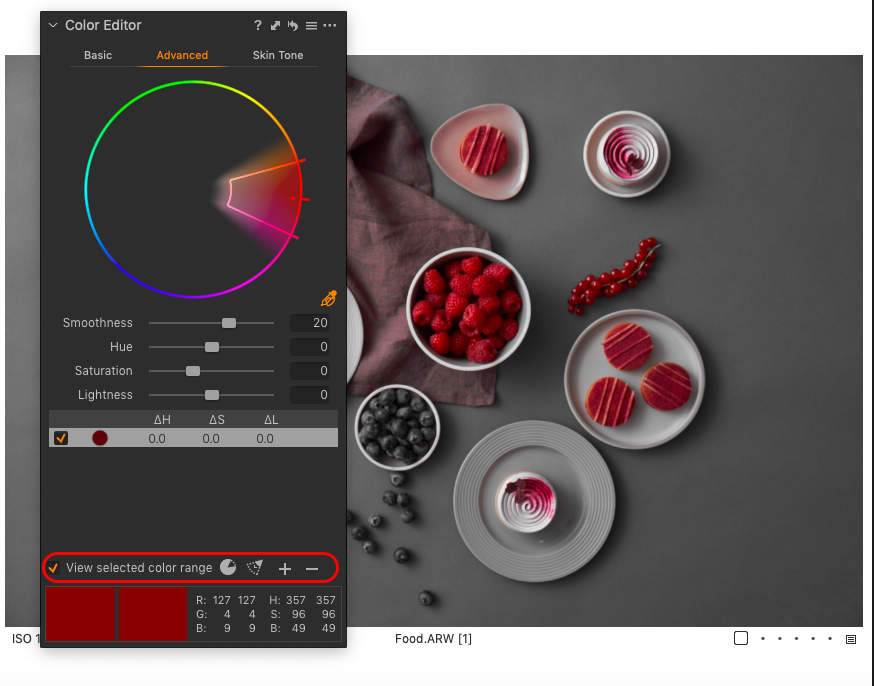


Positions where the color in question has been detected contain the original RGB color found in the source image other positions have the value 0 (black), except in the case of the "achro(matic)" color, where they have the value 1 (white). Each such array has the same horizontal and vertical dimensions as the source image. The function get_rgb_arrays returns a dictionary with a RGB array for each color. > color_extraction.get_bool_arrays(img, color_def_path=path_to_your_json_file) It is also possible to use your own color definitions saved in a JSON file. It is also possible to use a median filter (3 x 3) in order to reduce the amount of pixels of a given color that are isolated in the array: > color_extraction.get_bool_arrays(img, median_filter=True) (output_path + color + ".png", dict_bool_arrays, cmap='gray') > dict_bool_arrays = color_extraction.get_bool_arrays(img) Each such array has the same horizontal and vertical dimensions as the source image and can be thought of as a mask for the color in question. The function get_bool_arrays returns a dictionary with a boolean ndarray for each color. > with _sample_data('ada.png') as image_file: To get started: > import color_extraction This set of colors, which can be modified, is available at Orange, yellow, green, cyan, blue, purple, pink, achromatic (gray and black),Īnd white. Installing > pip install color_extractionĪ predefined set of colors is included in the module with ten colors: red, Three functions are included, each of which takes an RGB ndarray as input and returns a dict whose keys are the names of each predefined color: Function

Color-extraction is an open-source python module which attributes to each element of an ndarray (RGB image) the most similar color from a palette of predefined colors.


 0 kommentar(er)
0 kommentar(er)
